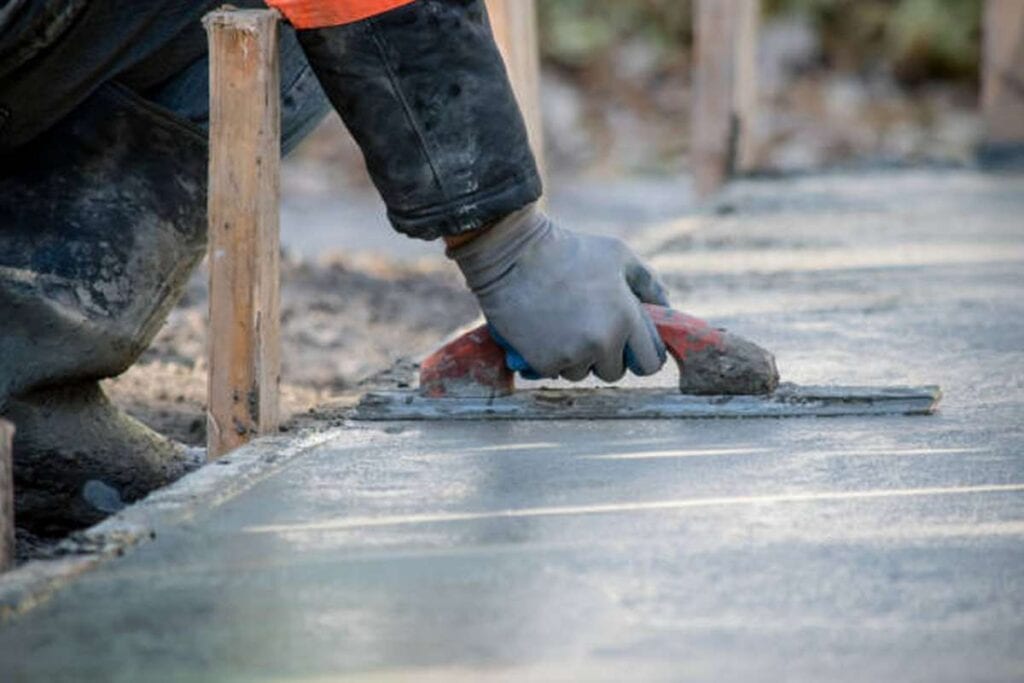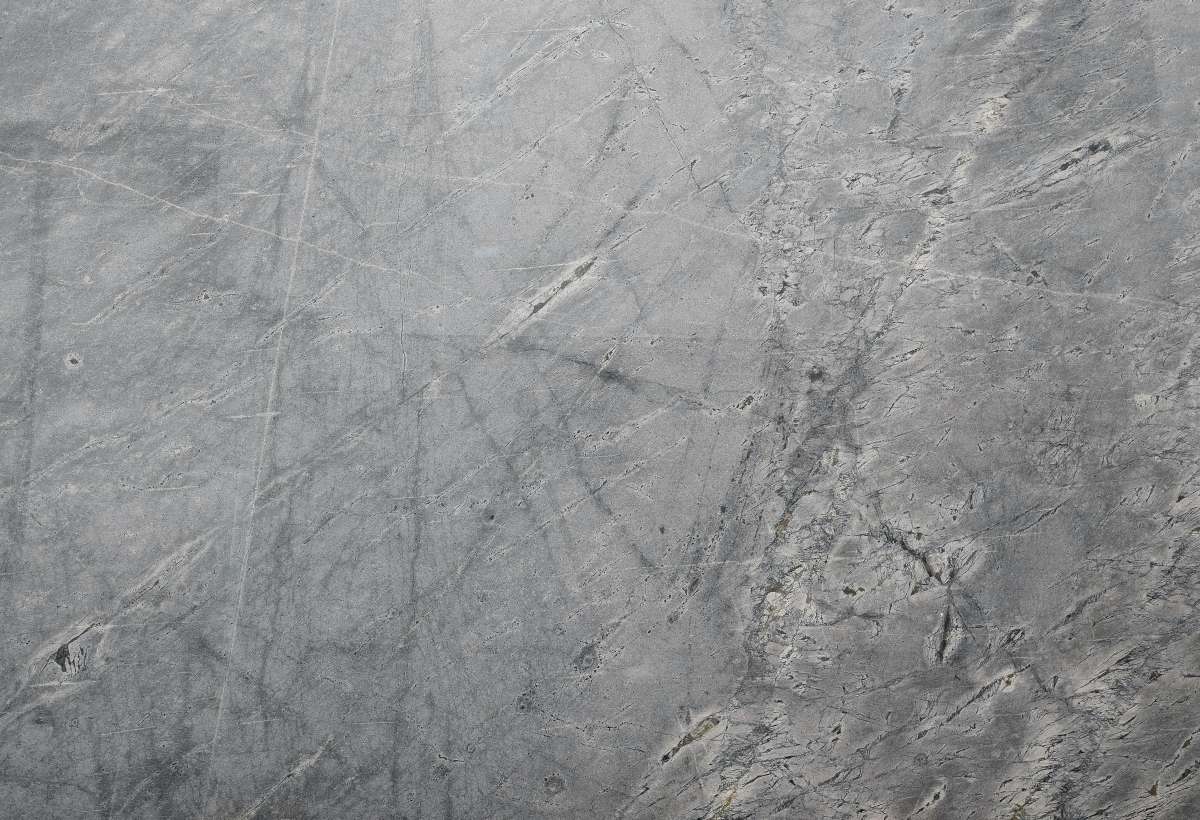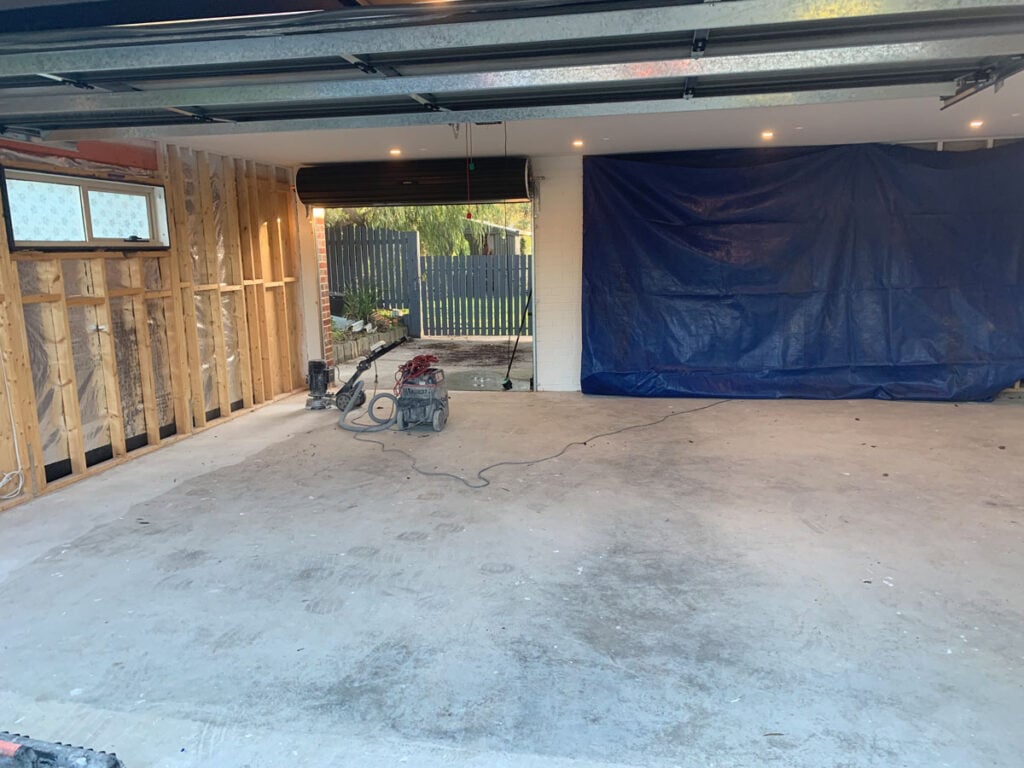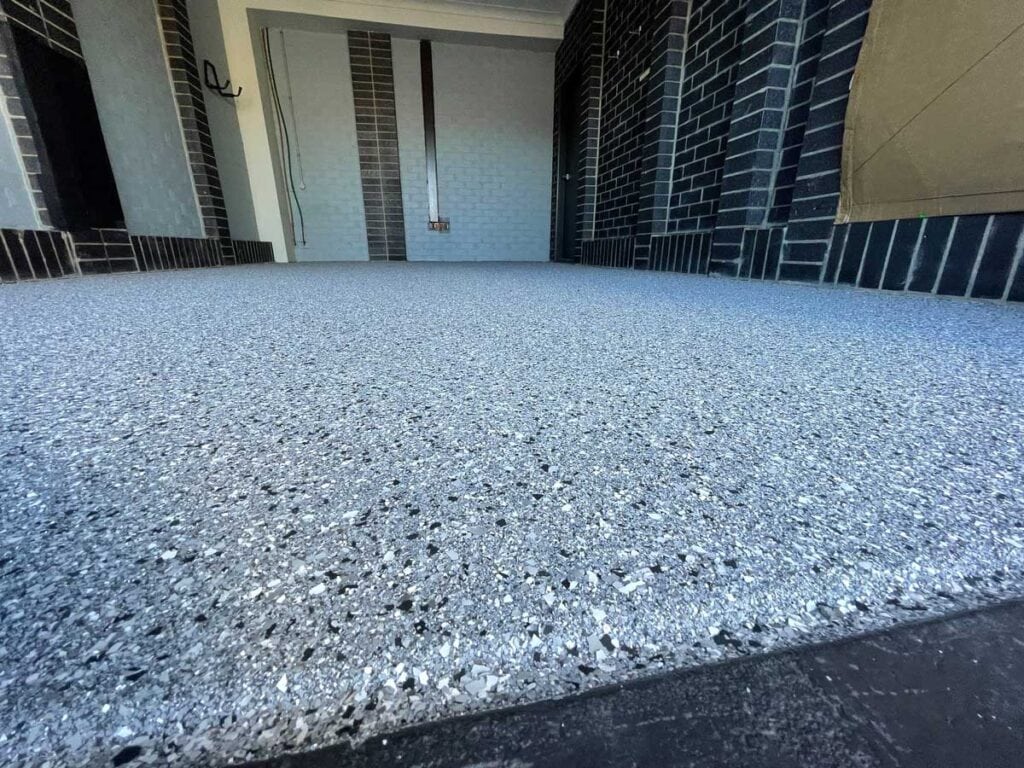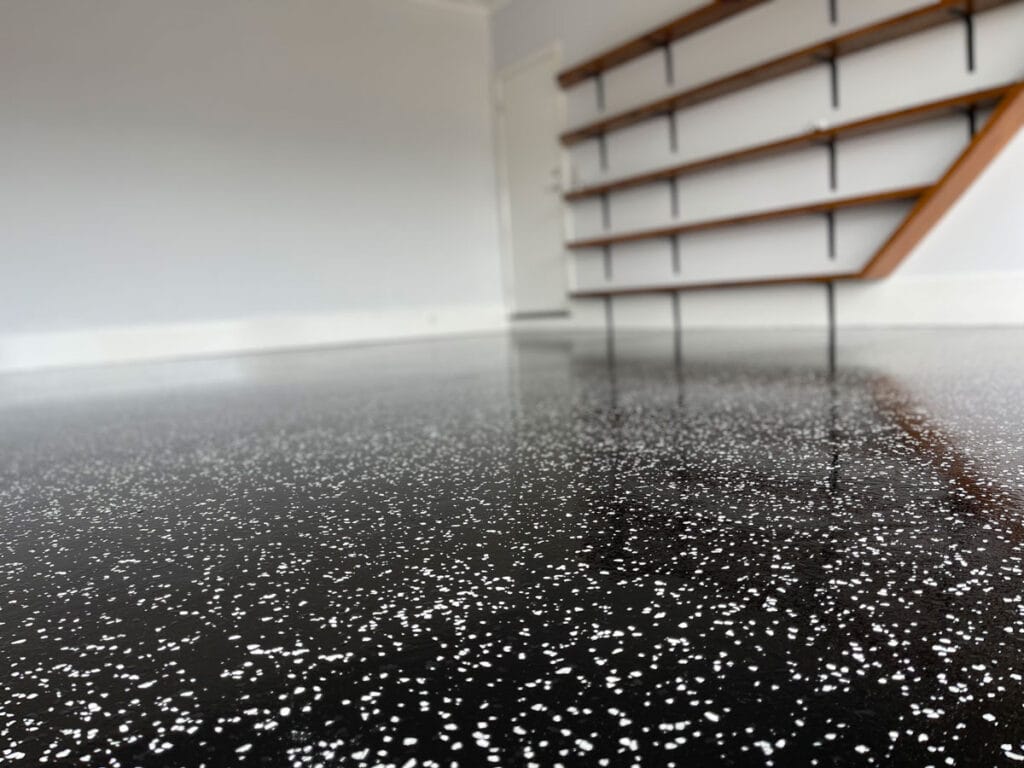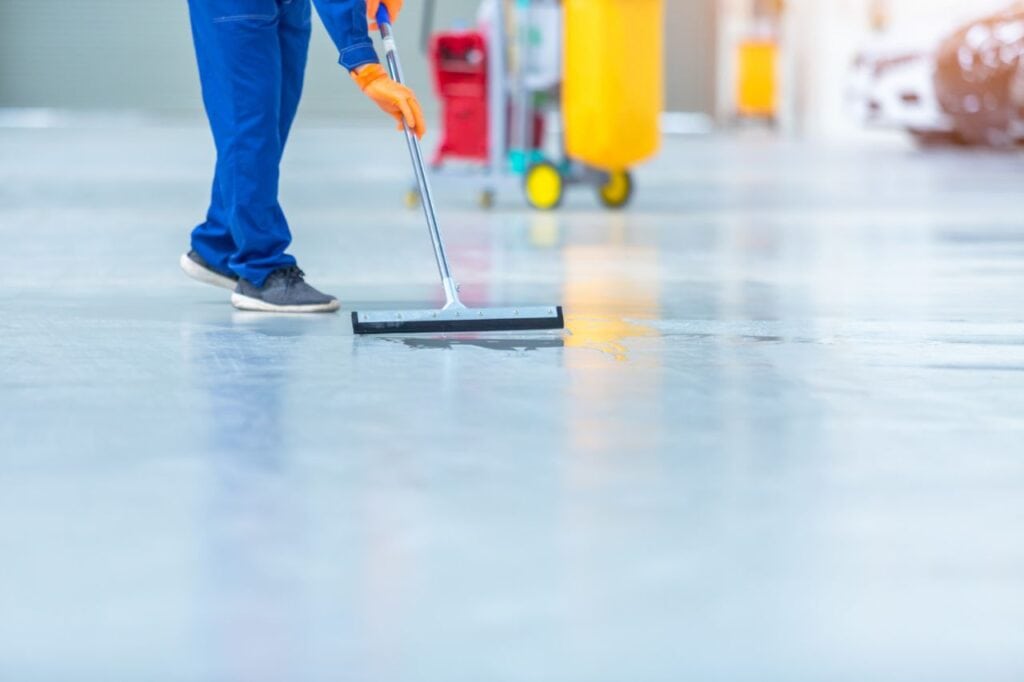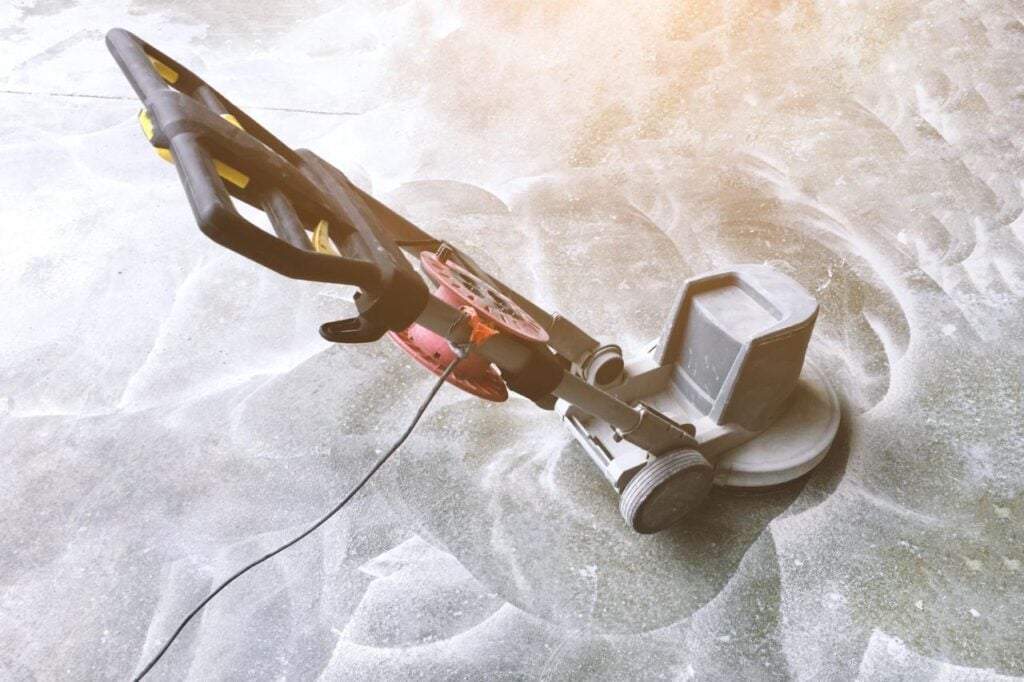Concrete possesses high functionality; however, its surface may occasionally become rough, bumpy, or uneven after drying. In such instances, learning how to rectify and refine concrete to achieve an even and aesthetically pleasing appearance is possible.
Concrete slabs are favoured for their affordability and ease of installation. Moreover, they provide a stable foundation for the structure above, ensuring stability and level.
Creating a concrete slab is a complex undertaking that involves multiple tasks from start to finish. It is crucial to follow the correct sequence of steps. This article focuses on the smoothness of a concrete slab, which will be discussed towards the end of the process.
Whether you are involved in a small-scale home renovation or a large commercial project, several effective techniques are available for achieving smoother concrete and obtaining a level surface.
This guide will delve into various methods for smoothing concrete, which include grinding, sanding, and buffing the surface, applying a self-levelling compound, using a concrete overlay, performing patching and repairs, polishing the concrete, and considering concrete resurfacing as an option.
Detailed Steps to Smooth a Rough Concrete Slab
Ensuring Safety First
Safety must always come first when working with uneven concrete floors. British English stresses the importance of wearing safety equipment like goggles and gloves when working with concrete. These precautions guard against potential dangers and guarantee a trouble-free operation.
Using a Concrete Grinder
Grinding is an efficient procedure for removing surface roughness from concrete, resulting in a surface that is both polished and aesthetically pleasing. Large walk-behind grinding machines and portable concrete grinders are the two most common methods for this task.
Large Walk-Behind Grinders
These units are more suited to cleaning commercial spaces, basements, or garages. Depending on the concrete's hardness and the level of smoothness you're going for, you'll want to utilise a different diamond attachment on your walk-behind grinder. For rough concrete, use 30-80 grits, and for a finer finish, use 120-150 grits.
First, safely fasten the selected diamond segment to the grinder. Be sure to disconnect the machine from power and turn it off before proceeding. When everything is in place, turn on the machine and connect it in.
Grip the grinder firmly with both hands and move it slowly and steadily across the concrete surface. To provide a consistent grind, little overlap between passes is required. To prevent depressions or uneven surfaces, constant motion is required.
Move up to smaller and smaller diamond tipped tools as you work towards a smoother finish. Do this until the texture is as smooth as you like it.
Hand-Held Concrete Grinders
For smaller concrete slabs like patios, sidewalks, repairs, or areas where larger machinery can't fit, a hand-held grinder is the way to go. Using a hand grinder is very similar to using a walk-behind one.
Depending on the concrete's current state and the final result you're hoping to achieve, choose the best diamond attachment for the job. While the grinder is unplugged and turned off, securely attach the diamond attachment. Connect the grinder, then turn it on by plugging it in.
Holding the grinder firmly with both hands, you should apply even pressure as you rotate it in a circular motion over the dry concrete. Cut the area into manageable chunks, and make sure each pass overlaps the one before it just a little bit. To get the amount of smoothness you want, you may need to switch to a diamond attachment with a finer grit.
Proper Screeding for Leveling
For a flawless concrete floor, proper screeding is required. This process include smoothing the concrete and removing any uneven spots. In British English, this would involve using a straightedge or screed board.
Use the straightedge or screed board and a sawing motion to smooth the concrete after it has been poured and spread uniformly in the allotted space. This method efficiently gets rid of any uneven areas, leaving behind only a flat, smooth surface.
Utilising Concrete Overlay
In order to smooth out uneven concrete floors, patios, sidewalks, or driveways, a thin overlay or micro-topping is a viable alternative. Over existing concrete, you can use these chemicals to cover up faults and create a uniform, aesthetically pleasing surface.
Cleaning the surface thoroughly to remove loose materials, dirt, debris, and any existing coatings or sealers is essential prior to applying a thin overlay or micro-topping. Use a suitable patching compound to repair any large fractures, holes, or surface damage.
When the surface is properly prepared, the micro-topping will adhere strongly to the concrete below. The application of a primer or bonding agent can help improve adhesion in specific circumstances.
Make sure the micro-topping is completely lump-free by following the manufacturer's mixing directions. Spread the mixture with a trowel, squeegee, or roller in a uniform layer, making sure to keep the surface level as you go.
What's the Best Way to Smooth Concrete Slabs?
To achieve a high-gloss sheen on concrete, thorough and multi-step mechanical polishing is necessary, rather than relying on a single substance or sealer. Mechanical polishing, specifically using diamond tools, is widely accessible and utilized in various public settings worldwide, such as malls and airports.
This method has become the preferred approach for achieving a shiny surface due to its long-lasting nature and cost-effectiveness in maintenance.
Diamond polishing is a mechanical technique that employs industrial diamonds to smooth, grind, and polish any surface, including concrete. Unlike sealants, mechanical polishing utilizes concrete to create a durable, glossy finish.
Concrete polishing involves multiple steps and can involve up to nine grinding pieces of equipment. Depending on the desired level of shine, different abrasives with grits of 800, 1500, and 3000 can be used. Finishing with finer grits leads to a more polished surface.
Mechanical polishing of concrete floors is considered highly sustainable, durable, and free from toxic chemicals or solvents. The versatility of this technique allows it to be applied to fresh and aged concrete surfaces.
Conclusion
Concrete slabs are the most popular choice since they are inexpensive, simple to construct, and provide a solid base for the building. Grinding, sanding, and buffing the surface, using a self-levelling solution, employing a concrete overlay, performing mending and repairs, polishing the concrete, and considering concrete resurfacing are all viable ways to smooth a rough concrete slab. The use of a concrete grinder is an effective method of smoothing out uneven concrete floors without compromising worker safety. Maintaining a uniform grind necessitates minimal overlap between passes and continuous motion to avoid creating depressions or uneven surfaces. If you want a finer finish, try using finer diamond-tipped tools.
For smaller slabs, hand-held concrete grinders are the way to go. Using a straightedge or screed board and a sawing action to smooth the concrete and remove any uneven patches constitutes proper screeding for levelling. To fix bumps in the concrete, you can apply an overlay or micro-topping. It is possible to create a flawless, aesthetically acceptable surface by using chemicals to mask imperfections. Mechanical polishing is the prefered method for giving the concrete a mirror-like sheen because of its durability and low cost of upkeep.
Depending on the complexity of the surface, as many as nine separate grinding machines may be required for the mechanical polishing process. To get a smoother finish, you can use abrasives with grits of 800, 1500, or 3000. Mechanical polishing is environmentally friendly, long-lasting, and safe because it does not use any harmful chemicals or solvents.
Content Summary
- Concrete slabs provide a stable and affordable foundation for structures.
- Several effective techniques are available for achieving smoother and level concrete surfaces.
- Safety equipment like goggles and gloves should be worn when working with concrete.
- Grinding is an efficient method for removing surface roughness from concrete.
- Large walk-behind grinders are suitable for commercial spaces, basements, or garages.
- Hand-held grinders are ideal for smaller concrete slabs and areas where larger machinery can't fit.
- Proper screening is essential for levelling and smoothing concrete floors.
- Thin overlays or micro-toppings can be used to smooth out uneven concrete surfaces.
- Cleaning and surface preparation are crucial before applying overlays or micro-toppings.
- Mechanical polishing with diamond tools is the preferred method for achieving a high-gloss sheen on concrete.
- Diamond polishing is cost-effective and long-lasting compared to sealants.
- Mechanical polishing utilises industrial diamonds to grind and polish concrete surfaces.
- Multiple steps and different grits of abrasives are involved in the concrete polishing process.
- Mechanical polishing of concrete is sustainable, durable, and free from toxic chemicals.
- Concrete grinders are available in both large walk-behind and hand-held options.
- Walk-behind grinders require the right diamond attachment for the desired smoothness.
- Constant motion and overlapping passes are essential to avoid uneven surfaces when using grinders.
- Hand-held grinders also require the appropriate diamond attachment for the concrete's condition.
- Screeding with a straightedge or screed board helps to level and smoothly poured concrete.
- Concrete overlays or micro-toppings are thin coatings that conceal imperfections in concrete surfaces.
- Proper surface cleaning and repairs are necessary before applying overlays or micro-toppings.
- A primer or bonding agent may enhance adhesion between the micro-topping and the underlying concrete.
- The application of micro-toppings should follow the manufacturer's instructions for lump-free consistency.
- Mechanical polishing with diamond tools creates a durable and glossy finish on concrete surfaces.
- Different grits of abrasives are used in mechanical polishing to achieve the desired level of shine.
- Mechanical polishing is sustainable, durable, and does not involve toxic chemicals or solvents.
- Mechanical polishing can be applied to fresh and aged concrete surfaces.
- Mechanical polishing is widely used in public settings such as malls and airports.
- Mechanical polishing is a cost-effective method for achieving a shiny surface and requires minimal maintenance.
- Concrete polishing with diamond tools is a preferred method for obtaining a smooth and aesthetically pleasing appearance on concrete surfaces.
Frequently Asked Questions
While concrete is being poured, a screed is used to smooth concrete and pull the excess off the back of the form. Depending on the size of your pour, you can use a wooden screed board or a power screed. Vibratory screeds will achieve the best results while saving you time and fatigue.
You can start with a 60-grit diamond blade and move up to a finer one, like an 80- or 100-grit diamond, until you achieve your desired finish. After you've finished grinding, the concrete surface should be smooth and free of any imperfections. If there are any cracks or chips, now is the time to repair them.
Grinding concrete removes all imperfections and inconsistencies in the concrete, resulting in a smooth and usable surface. Old and damaged concrete surfaces can be restored to their former glory and used for years and years to come.
Almost any structurally sound concrete floor, new or old, can be polished. However, there are some exceptions; for example, with new floors, no special mix design is required to achieve good results – although the floor should be in place at least 28 days before polishing begins to ensure adequate curing.
Concrete resurfacing can be done by grinding the existing concrete and then repainting it or applying a new layer of concrete over the old one. Different materials, including epoxy coatings, polymer coatings, cementitious systems, and hydrogels, can be used.
